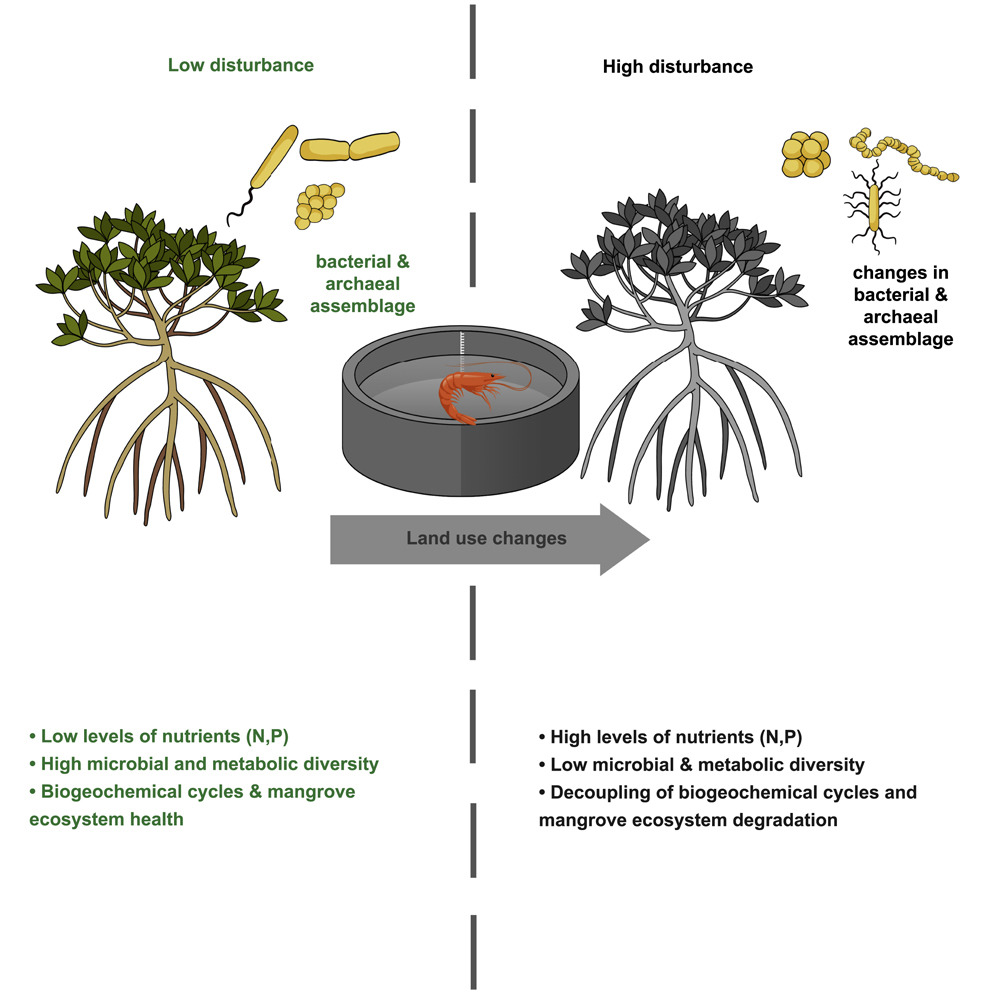Mangrove-dominated estuaries host a diverse microbial assemblage that facilitates nutrient and carbon conversions and could play a vital role in maintaining ecosystem health. In this study, we used 16S rRNA gene analysis, metabolic inference, nutrient concentrations, and δ13C and δ15N isotopes to evaluate the impact of land use change on near-shore biogeochemical cycles and microbial community structures within mangrove-dominated estuaries.
Alzheimer’s Disease: Understanding Biomarkers, Big Data, and Therapy, Volume , 1 January 2021
Alzheimer’s Disease: Understanding Biomarkers, Big Data, and Therapy, Volume , 1 January 2021

